468 & 472 Delaware: Evans, Twain, Cloister Part 1
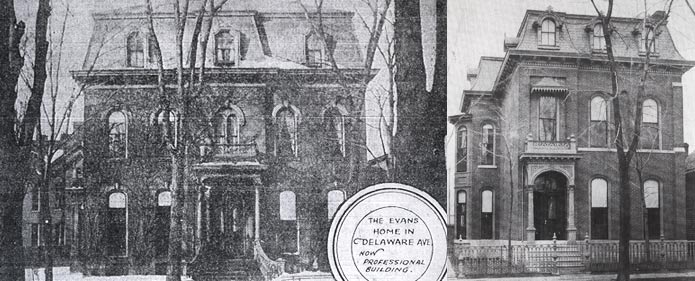
Homes on the northwest corner 1870s: left, 468; right: 472 images source: BECPL and TBHM
This corner, on the northwest side of Delaware, has an extraordinary amount of history. Number 468 Delaware, located on the corner of Delaware & Virginia, was built in the 1860s by James F. Lyon. He and his brother Henry resided there for several years. They became wealthy in land surveying and sales in the young city. Henry helped lay out Delaware Park in the early 1870s. The doorknobs of the home were large bronze lion's heads, signifying the family name. The next owners, also from a wealthy and well-known old family, returned the doorknobs to the Lyon family.
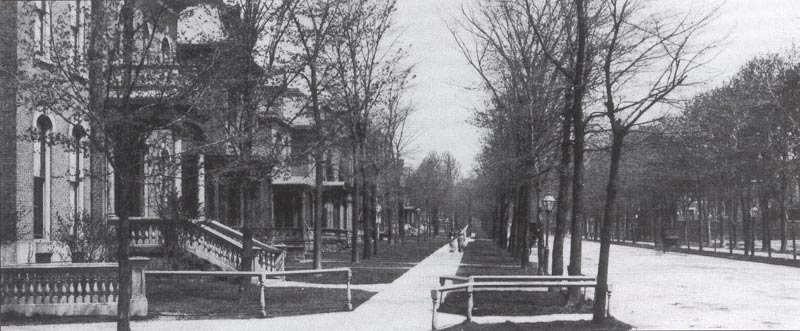
Looking north on Delaware from Virginia Street, 468 and 472 at left. Image source: Roy Nagle collection
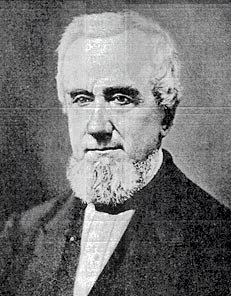
Image: Charles W Evans
In the late 1870s, Charles Worthington Evans purchased the home from the Lyon brothers for his family. The Evans family began in Buffalo at the earliest era; his great-grandfather was Joseph Ellicott. Over a long career in Buffalo, Charles W. Evans worked as a lawyer and head of the grain elevator business his father had started on the Buffalo waterfront.
He married Mary Peacock, niece of Ellicott land agent William Peacock. They raised two daughters in the house at 468 Delaware.

The Evans Elevator in the 1870s. Image source: Lower Lakes Maritime Museum
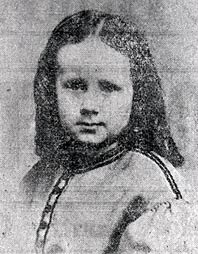
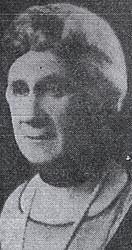 The Evans' older daugther, Alice, seen at left as a child, would marry G. Hunter Bartlett, a local physician. Both would be passionately interested in Buffalo history; Alice Evans Bartlett wrote a history of Niagara Square and Delaware Avenue that is now part of the Bartlett papers at the The Buffalo History Museum.
The Evans' older daugther, Alice, seen at left as a child, would marry G. Hunter Bartlett, a local physician. Both would be passionately interested in Buffalo history; Alice Evans Bartlett wrote a history of Niagara Square and Delaware Avenue that is now part of the Bartlett papers at the The Buffalo History Museum.
Daughter Virginia, pictured at right near the end of her life, married Walter E. Devereux, an insurance man and land trustee. They lived at 468 Delaware until 1921, when they moved to the Lenox and turned the home into offices and a rooming house.
When Virginia died at 75 in 1938, her will established a charitable trust known as the Virginia Evans Devereux Trust which she intended as a memorial to her family. It has assets of over two million dollars and awards small grants to organizations promoting health, social projects aiding poor people, women and children, and educational programs.
The house at 472 Delaware was constructed in 1864 by Henry M. Kinne, a prominent local developer who had built stores on Main Street, grain elevators and a number of homes. He was also engaged in the grain trade. He lived there with his wife, Elizabeth, for nearly six years. They then sold the home and it was quickly sold again to Olivia Langdon's father who purchased it as a wedding gift for his daughter and her new husband, Samuel Clemens. They were married February 2, 1870 and made their way home to Buffalo where Clemens worked as editor for the Buffalo Express newspaper.

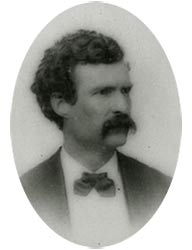 These images of Olivia Langdon Clemens and Samuel Clemens were engagement gifts the couple exchanged before their marriage. Olivia knew of the house at 472 Delaware; she and her mother shopped for furniture for it prior to the wedding. But Clemens was astounded when his father handed him the deed to a stately home, expensively furnished and fully staffed with servants. He adjusted to the luxury quickly.
These images of Olivia Langdon Clemens and Samuel Clemens were engagement gifts the couple exchanged before their marriage. Olivia knew of the house at 472 Delaware; she and her mother shopped for furniture for it prior to the wedding. But Clemens was astounded when his father handed him the deed to a stately home, expensively furnished and fully staffed with servants. He adjusted to the luxury quickly.
He wrote to his in-laws of his wife in her new realm, "...it does appear to me that I never saw anybody so happy as she is in all my life - except myself."
Their happy mood turned into gloom as the months wore on. Olivia's father died in Elmira during the summer. Olivia was pregnant with their first child when a school friend came to visit, contracted typhoid, spent nearly a month in the Clemens bed and then died. Olivia gave birth to a son who never thrived and would die at 18 months. Olivia herself became sick and Clemens made plans to move his family to Elmira to live with her family. He wrote to his brother March 4, 1871, "The first man that offers $25,000 for our house can take it - it cost that." Within the month, they moved out, having occupied the home for eleven months.
That fall, the house sold to J. Condit and Mary L. Smith for $19,000.
And in 1875 the home next door at 468 also became a wedding gift, this time from Elbridge Gerry Spaulding, known as the "father of the greenback," to his son, Samuel Strong Spaulding and wife Annie Watson Spaulding. Samuel Spaulding would become president of M&T Trust Company and eventually also president of the Buffalo Street Railway. They raised four children in the house and sold it around 1905 to a doctor, Alfred Bayliss, M.D.
Bayliss remodeled the first floor of the home into medical facilities for his electro-therapy and radiology practice and turned the upstairs into an apartment for himself. The converting of private houses along lower Delaware Avenue into businesses, rooming houses, or apartments was rapidly underway
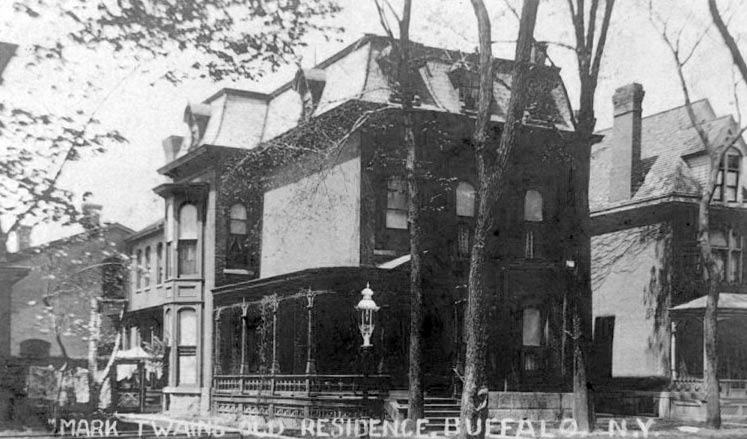
472 in later years, showing front porch remodeling and side porch addition. Carriage house visible at rear. Image source: private collection
Despite the brief occupancy by the Clemens family in its long life, the house at 472 was always to be regarded as the "Mark Twain House," as seen in the above photographic postcard made many years (and physical alterations) later.
In the 1950s, the building became offices and apartments. The brick exterior was painted white. In 1956, owners Dr. Isadore Swerdloff and Dr. Nathan Safron wanted to raze the house and build a 6,000 square foot office building for $150,000. Local attorney Roland R. Benzow wanted to raise the funds to buy it as a museum for Twain. He was unable to find sufficient investors.
In 1960, developer James D. DiLapo bought the house from the Western Savings Bank, intending to resell it or raze it to provide parking for his real estate business at 505 Delaware. That year, the Buffalo Mark Twain Society, headed by Delaware District Coucilman Benzow tried to raise the $100,000 necessary to buy and restore the house; he was unsuccessful.
On February 7, 1961, a fire of undetermined origin started in the rear of the house, but was extinguished with $6,000 damage. James D. DiLapo had been on the verge of signing a contract of sale when the fire broke out.
With the house still largely intact, the Buffalo Craftsmen, headed by Professor Harold Lofgren and Lester Goodchild, held a meeting in the house to discuss purchasing it. Their plan was to create a Twain museum on the first floor, use the second floor for handicraft classrooms, and set up a crafts store in the rear. They optioned to buy the house, but were unable to raise the purchase price.
On July 2, 1963, owner James D. DiLapo demolished the house, leaving the carriage house standing. The stage was set for a new venture...